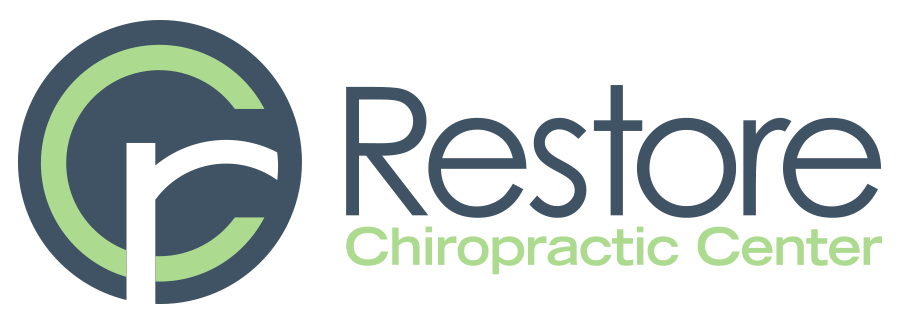Persistent pain—whether it stems from the neck, back, joints, or muscles—can be exhausting. For many, it’s more than just discomfort; it’s a daily barrier to productivity, movement, and overall well-being. Traditional approaches often involve painkillers, temporary relief measures, or surgery when symptoms become severe. However, a growing number of individuals are exploring an alternative route: care options that prioritize gentle, non-invasive techniques focused on restoring alignment and promoting the body’s natural ability to function optimally.
As chiropractor in Omaha evolves, so do the methods being used. Advancements in tools, technology, and approaches have opened new doors for individuals living with chronic or recurring pain. These modern techniques are transforming how care is delivered, focusing on precision, customization, and long-term relief.
Precision Without Force: The Rise of Instrument-Based Adjustments
One of the most notable innovations is the development of instrument-assisted techniques. Unlike traditional methods that may involve quick manual movements, these newer approaches rely on handheld devices that deliver targeted, low-force pulses to specific joints or areas of tension.
These instruments offer exceptional precision, making them ideal for individuals with sensitive conditions, like osteoporosis, disc injuries, or chronic joint inflammation, who may not tolerate forceful pressure. With computerized feedback, some tools can even measure tissue response in real time, allowing for more tailored sessions that meet each person’s unique needs.
For those experiencing persistent pain, this means chiropractic care in Omaha can be delivered more gently without sacrificing effectiveness. The result is often less soreness afterward, faster recovery between sessions, and improved comfort during the process.
Soft Tissue Techniques That Support Whole-Body Healing
While alignment is key, persistent pain often involves more than just the bones or joints. Tight or damaged muscles, fascia, and connective tissue can all play a role in limiting movement and sending pain signals to the brain. Recognizing this, many professionals now integrate soft tissue therapies into these routines, addressing the muscles and structures that support the spine and joints. Techniques such as Active Release Therapy (ART), myofascial release, and trigger point work target areas of built-up tension and restriction. These approaches can help release adhesions, improve circulation, and encourage better muscle function. This dual approach is particularly effective for those with long-standing issues like sciatica, whiplash, or postural imbalances from desk work or repetitive movements. By treating the whole body, rather than focusing only on isolated pain points, individuals often experience more complete and lasting relief.
Technology That Enhances Personalization and Monitoring
Another exciting development in modern care is the use of technology to monitor, measure, and personalize treatment plans. Tools such as posture analysis software, digital motion X-rays, and thermography imaging allow for deeper insights into how the spine and nervous system are functioning.
This means chiropractic care in Omaha isn’t just based on symptoms—it’s backed by real data. Progress can be tracked more objectively, and plans can be adjusted based on how the body responds over time. Patients also benefit from seeing measurable results, which builds confidence in the process and helps set realistic goals for recovery.
In some cases, wearable devices may be used to monitor posture throughout the day or provide feedback during certain movements. This adds a layer of accountability and helps people maintain their progress between visits, reducing setbacks that often occur when habits go unchecked.
Minimally Invasive, Maximally Impactful
Perhaps the most compelling aspect of these newer techniques is how they prioritize minimal intervention with maximum impact. Persistent pain isn’t always a result of major injuries—more often, it’s due to imbalances, wear and tear, or chronic stress that builds up slowly over time.
By using focused, gentle adjustments and muscle work, the goal isn’t to dramatically change the body overnight, but to guide it back toward balance step by step. This philosophy appeals to individuals looking for alternatives to surgery, long-term medication, or passive treatments that don’t address the root cause of their pain.
Additionally, chiropractor Omaha now often includes education on ergonomics, lifestyle changes, breathing techniques, and personalized stretches or exercises. All of these elements work together to create a comprehensive support system that empowers people to be active participants in their own recovery.
The world of pain management is changing, and so is the way people approach long-term relief. Innovative techniques that combine precision tools, soft tissue support, and personalized technology are helping more individuals find comfort without invasive procedures or heavy reliance on medication. Whether dealing with recurring headaches, neck strain, joint stiffness, or lingering back pain, chiropractor Omaha offer a thoughtful, customized path forward.
For anyone feeling stuck in a cycle of persistent discomfort, exploring these innovations may open the door to a better quality of life, one based on balance, gentle support, and sustainable results.




